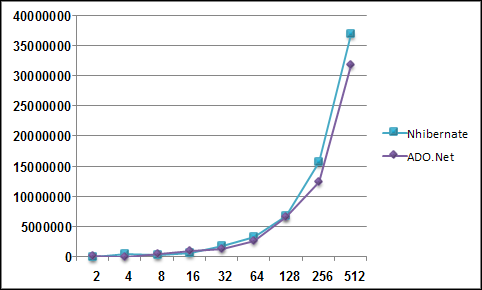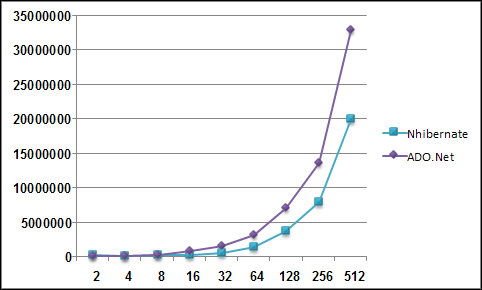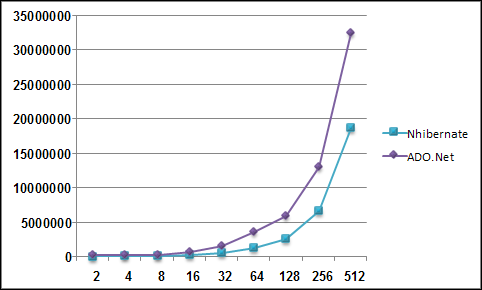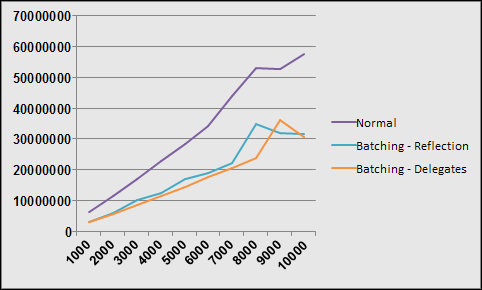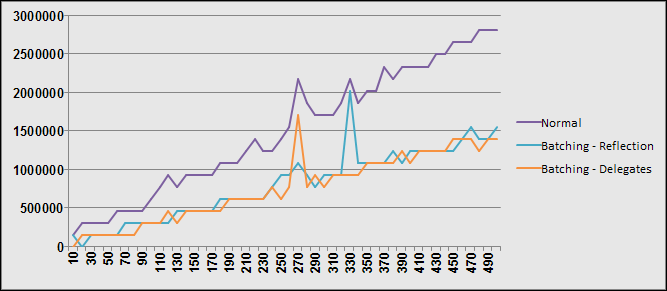Well, I just added the last piece in what I consider the major features to Binsor, which is component references. I'm a big fan of decorators and chains of responsabilities, which mean that I tend to create a lot of references between objects.
In Binsor, it is as natural as this:
import Rhino.Commons
Component(defualt_repository, IRepository, NHRepository)
customer_repository = Component(customer_repository,
IRepository of Customer,
CustomerValidationRepository of Customer)
#notice that I'm using @ here for compnent reference
customer_repository.inner = @defualt_repository
Just by defining the component, it is automagically expose it for references as @component_name. You can also define it in the Component itself as a compiled literal string, instead of a string. I can even use generic types there (which is a weakness in Boo), although not in a very nice syntax.
Update: The syntax weakness in generics in Boo was fixed (about 12 hours from the moment that I posted it), so the code above is very clean again. I know why I like OSS now!
With this done, I'm not in that blissful world where you got what you wanted and everything is fuzzy around the edges. I got three major things done in the last 12 hours, Windosr's IOC-29, Binsor (which required IOC-29, and NHibernate batching. I haven't done this amount of coding in what feels like ages.
Damn, that feels good.
The source can be found here






